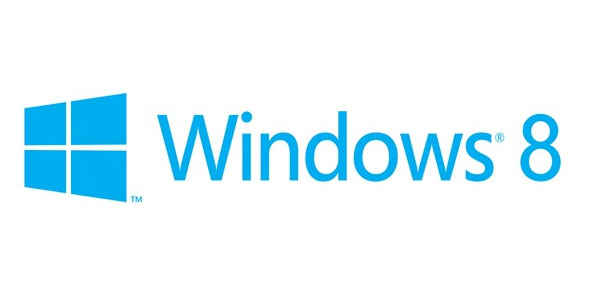Still we did not want to completely rule out Windows 8 as a competitive OS… that is until we started to read that Microsoft was moving to make MetroUI the only way to do things in Windows RT (formerly known as Windows on ARM). This was followed by a series of blog entries explaining why Microsoft was removing DVD playback, the start button, and many other features that people have come to expect from Windows. It became very clear that Microsoft was trying to shoehorn Windows 8 into the market with the features they want it to have and were building it for a very limited hardware vertical (the tablet).
Although we are not a fan of the MetroUI and certainly do not like the push for a more cloud based OS the experience on a tablet with all of the proper drivers installed can be impressive. Although we have not been fortunate enough to have Microsoft send us one we have installed Windows 8 Release Preview on our Asus EEE Slate EP121 and gotten everything except the G-Sensor to work on the Intel based tablet. As we typically have the G-Sensor off this was not that big of a deal for our testing. Simply put the OS has a great boot time even when powered off you are at the log-in screen very quickly. The touch controls are fairly responsive although I do miss the two finger controls and gestures that were present in Windows 7. Moving back and forth between the “classic” desktop and Metro can also be annoying, but with a few simple gestures you can get back and forth pretty quickly.
On the other side of the coin when you run Windows 8 as a dedicated desktop things fall apart. The MetroUI is not a good fit for larger screens where the tiles simply waste desktop space. Menus that are easy to bring up with the swipe of a finger require a hovering your mouse in an exact spot to bring up on a workstation. The easy shifting between open apps is also more difficult to accomplish on the desktop. These are items that we have covered in written and video reviews on the site so this is not new information.
Now it seems that others are running into the same problem. According to one review by Gartner Research Director Gunnar Berger, Windows 8 on the desktop is simply “Bad”. Berger also quotes from a field study that they recently did where they asked IT professionals if they were considering Windows 8 the responses were… well interesting;
“We recently did a large field research study and specifically asked all of our interviewees if they were looking at Windows 8, most laughed. The fact is most enterprises are still trying to get to Windows 7 and few enterprises are ready for Windows 8”
This falls in line with what we are hearing from inside the industry. Many companies are quicker to upgrade the back end of their networks than they are to buy new desktops and operating systems to run on them. I know that multiple companies I worked for had yearly server side refreshes, but still had desktops with Windows XP and office 2003 even though Windows 7 and Office 2010 were available. There are plenty of practical reasons for this. If you take even a smaller enterprise IT infrastructure you might be talking about 100 servers to refresh, while your desktops might number in the thousands. You also have a higher level competence (you would hope) working on your servers to deal with upgrade issues which keep things moving smoothly. On the desktop side of things you can quickly get overwhelmed if the move to a new piece of software is not smooth and we can say that moving from Windows XP, Vista or 7 to Windows 8 would be anything but smooth.
Your average enterprise would be buried in questions about everything from how to get apps open to where menus are which would bring productivity to a crawl. Microsoft can claim that Windows 8 is built for the enterprise by design, but in the end it would simply not be a smooth transition for most users. In this they seem to have forgotten who the majority of their business comes from and that the majority of computers still use a keyboard and a mouse.
Discuss this in our Forum




